|
by Jade Alicandro Mace The first Nettles (Urtica dioica) harvest is easily one of my most eagerly anticipated harvests of spring. To me, spring hasn’t truly sprung until the Nettles are here. When it comes to harvesting Nettles, one of the first things folks always ask is, “But don’t they sting?” They do. The next question is, “Do you wear gloves?” My answer? Nope. You’d be hard-pressed to find an herbalist who doesn’t choose to harvest Nettles bare-handed at least once a season on purpose. Why? Because the sting, just like almost every other part of the plant, is medicinal! Nettles stingers are small, hollow tubes called trichomes, visible with the naked eye, found on the leaves and stems of the plant. When you brush up against them their fragile silica tip breaks-off, releasing an impressive array of chemical constituents upon contact. While the complete chemistry and mechanism of action of the stingers is not fully understood, we know they contain small amounts of formic acid, tartaric acid, oxalic acid, the neurotransmitters acetylcholine, histamine, and serotonin, and likely many other chemical compounds. And although it’s true that they do leave a stinging/tingling sensation on the skin and in some cases mild hives -- especially if it’s a more sensitive area like the anterior forearm -- what’s also true is that on every continent where Nettles occur there follows a folk tradition of purposefully being stung by them for arthritic pain and swelling, a practice called urtication. This used to be common knowledge here in the U.S. and beyond, and considering the prevalence of arthritis, perhaps it’s time to bring urtication back into the mainstream! A family member of mine who suffers from arthritis in their thumbs finds immediate relief from urtication. Recently, a student shared a story of finding relief from an arthritic hip after she harvested Nettles bare-handed -- in this case the affected area wasn’t even directly stung. And in a class I took with Linda Black Elk, ethnobotanist and member of the Catawba Nation, she shared numerous first-hand experiences of the powers of urtication and vouched for this folk use still in practice today among the Lakota at the Standing Rock Reservation where she lives. Arthritis in the hands runs in my family, so I consider the yearly spring stings of Nettles to be a prophylactic. And while the initial stings can hurt some, it leaves a lasting, unique buzzing sensation in the hands once the initial acuteness has worn-off. If you don’t suffer from arthritis, then harvesting Nettles a few times a year bare-handed is a good preventative. If you do, then direct urtication may be something you want to consider. Here’s how you do it: Harvest a few stalks of Nettles (it’s ok if they’re in flower or seed) and give a firm slap with them directly onto the arthritic area followed by a quick brush over the area. Repeat for 5-10 minutes or until the stingers have all worn-off on that bundle, getting a fresh bundle if necessary. This can be done daily if you have access to fresh Nettles, or as-needed for arthritic flair-ups. The relief often lasts 6-12 hours between treatments. And for those of you who know you have a strong reaction to Nettles stings -- don’t be the hero! I always tell my students that herbalism is definitely NOT a “no pain, no gain” system of healing and if you feel hesitant to experience the sting or are very sensitive to it, there’s no shame in wearing gloves to harvest! It’s also helpful to know that rubbing the affected area with crushed Yellow Dock leaves (Rumex crispus, R. obstusifolius) can help alleviate the sting, as well as topical anti-histamines. Nettle is rendered harmless from drying, cooking, fermenting, making medicine (tea/tincture/vinegar/etc), and blending fresh in a blender/food processor. Whether you choose to harvest bare-handed or not, my hope is to shine a light on the benefits the often maligned sting of Nettles can provide. Wishing you all happy harvesting and happy spring, and if you have any direct experience with urtication I’d love to hear your stories -- share them in the comments below! 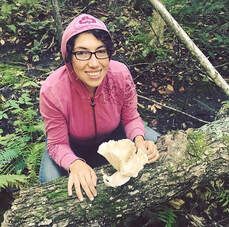 Jade brings a love of the bioregionally abundant herbs to her work as a community and clinical herbalist. When she’s not teaching bioregional herbalism, you can find her roaming the hedges with her harvest basket or at home in the kitchen brewing-up some potent food as medicine. She’s a mother to her 10 and 6 year-old daughters, partner, tender of chickens and cats and new puppy, blogger and writer, online educator, and half-gardener to her mostly wild gardens. She co-founded the Greenfield Community Herbal Clinic, dedicated to affordable herbal care and also maintains a long-distance clinical practice. She lives in the rolling hills of western Massachusetts in unceded Nipmuk territory. Learn more about her work at www.milkandhoneyherbs.com or follow her on facebook or instagram (@milkandhoneyherbs). Comments are closed.
|
Archives
November 2023
Categories
All
|
Join the Newsletter!
Receive news about future Herbstalk events
Thank you!
You have successfully joined our subscriber list.
Copyright © Herbstalk 2024
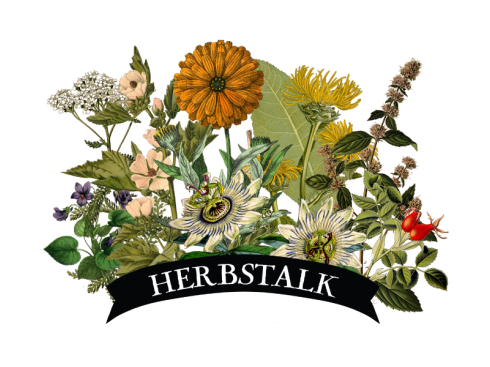
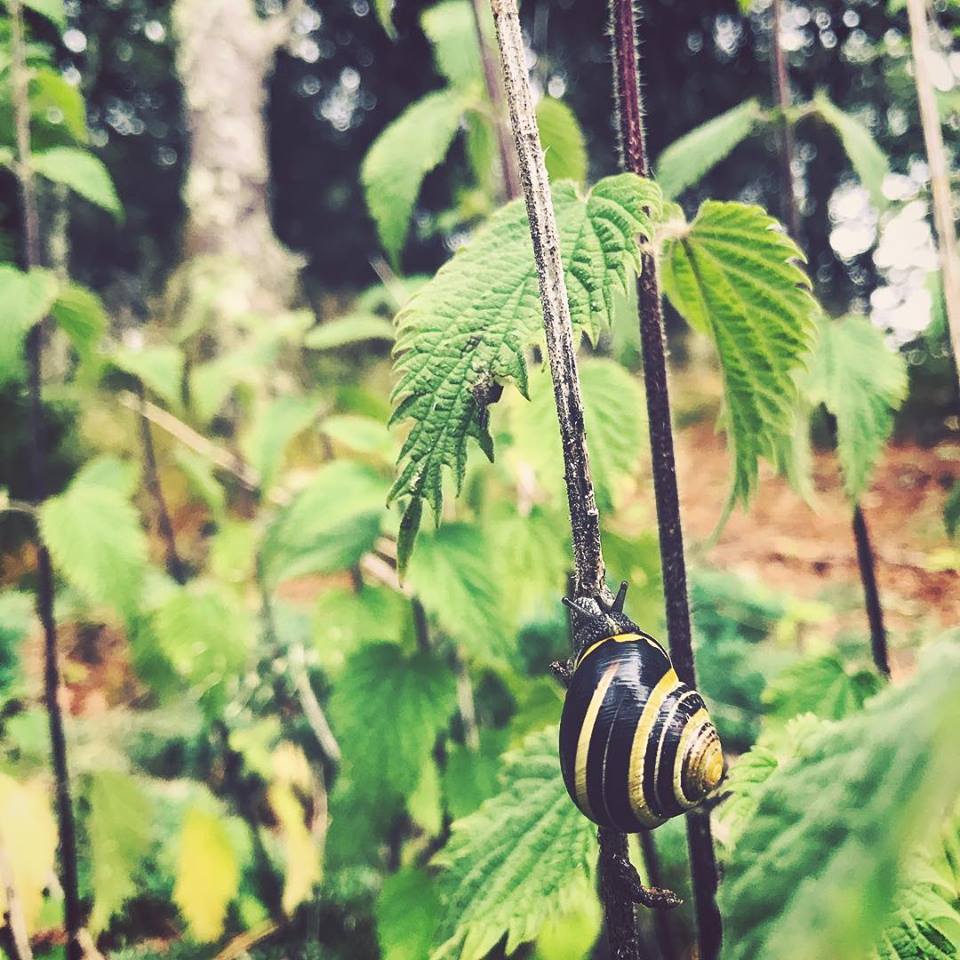
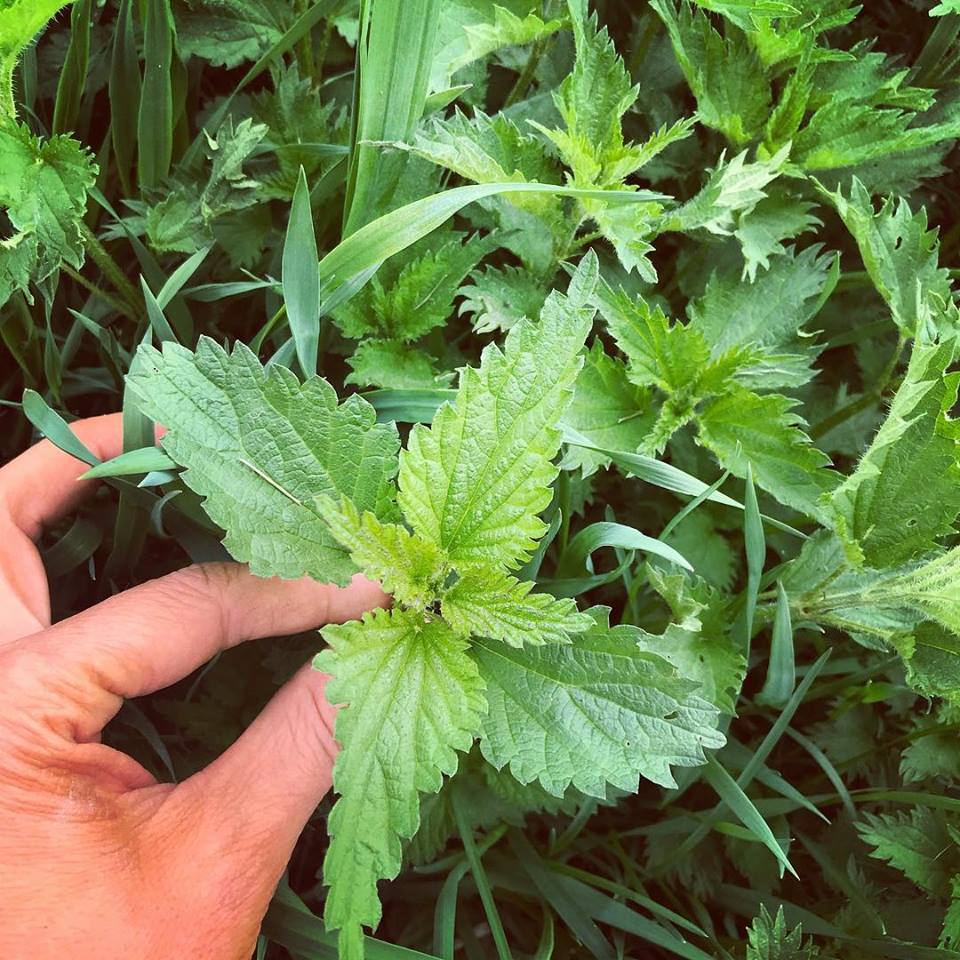
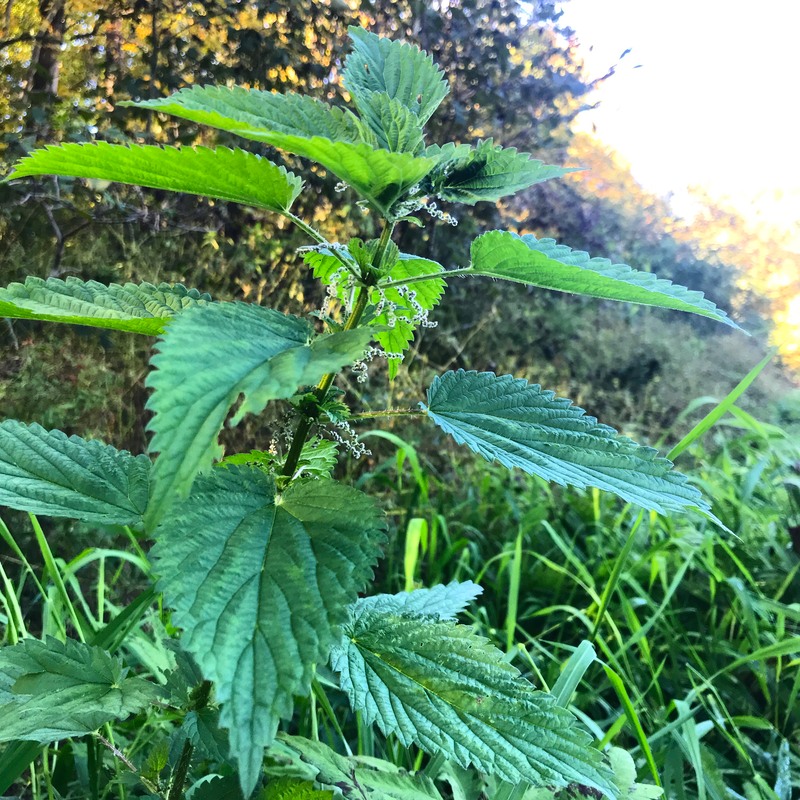
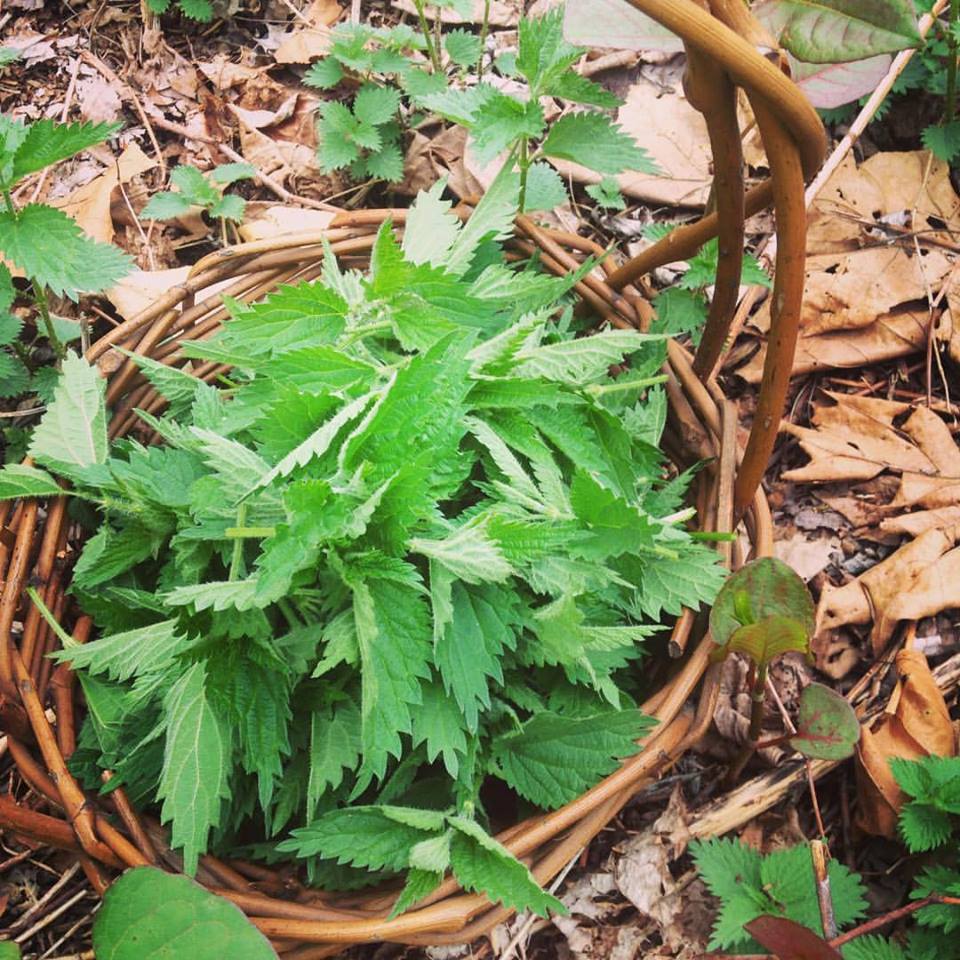
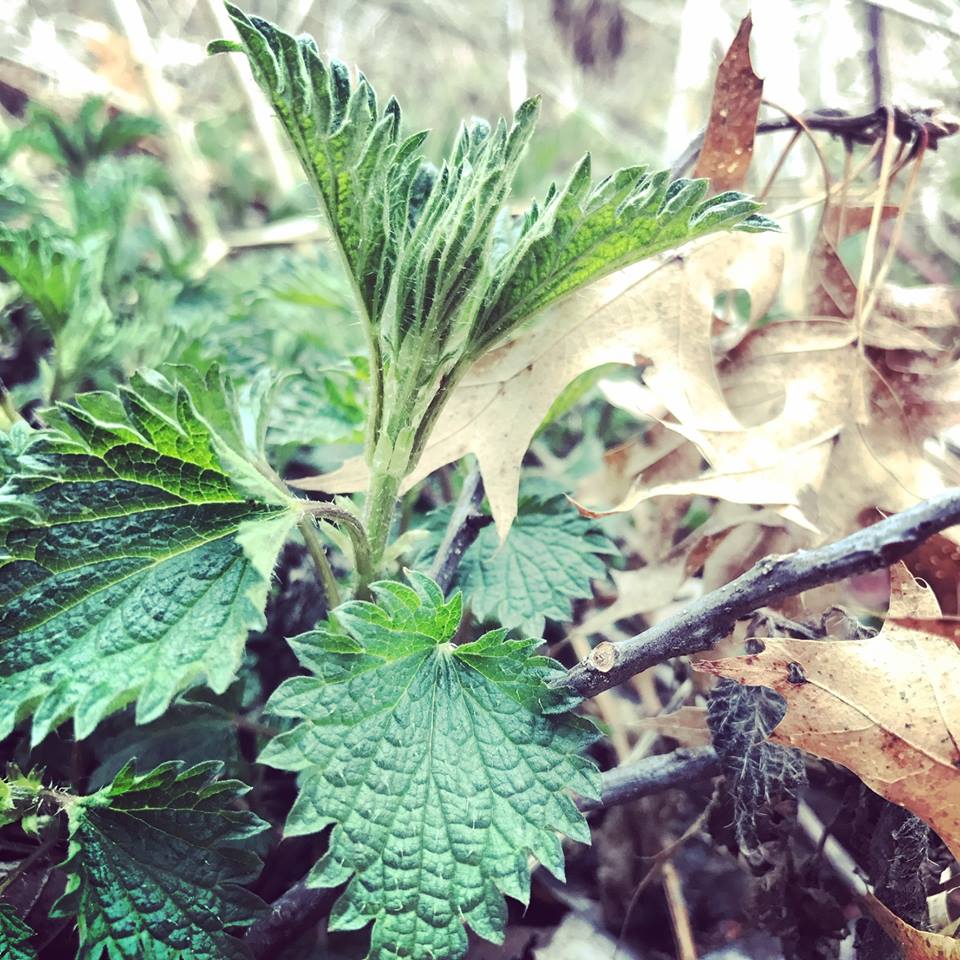
 RSS Feed
RSS Feed